Summary
Founded as Just Add Monsters at the turn of the century before transitioning into its more famous name in 2004,Ninja Theoryhas cemented itself as one of gaming’s main studios when it comes to western action titles. Since its inception, the developer has worked on single-player console exclusives,Disney Infinity, VR games, and even a mobile title; if nothing else, Ninja Theory has proven to be quite versatile. Ninja Theory’s games tend to attract a passionate following, be it for their inventive combat, sense of adventure, or association with iconic franchises.
Updated on June 14, 2025 by Connor Wright:Although theHellbladeandDmC: Devil May Crydeveloper has been creating varied video game experiences since the dawn of the new millennium, their catalog of titles has varied in quality since 2000. Beyond that, the range of genres and styles the Cambridge-based game studio has developed has slowly evolved and become more elaborate as time has gone on.

From on-rails arcade shooters and tie-in VR experiences to narratively-ledBAFTA-winning masterpieces, Ninja Theory has gone from an “independent AAA” studio to one of Xbox Game Studios' most valuable assets.
While Ninja Theory is a team with a unique creative vision in the video game space, that is not to say that their talents are sometimes required to provide another publisher’s title with that extra bit of polish. As such, while Avalanche Software handled the bulk of development concerning Disney’s toys-to-life sequel, Ninja Theory’s combat prowess wasbrought on boardto provide the superhero characters ofDisney Infinity 2.0with a little more ‘thwack’, ‘crash’, and ‘blam’.
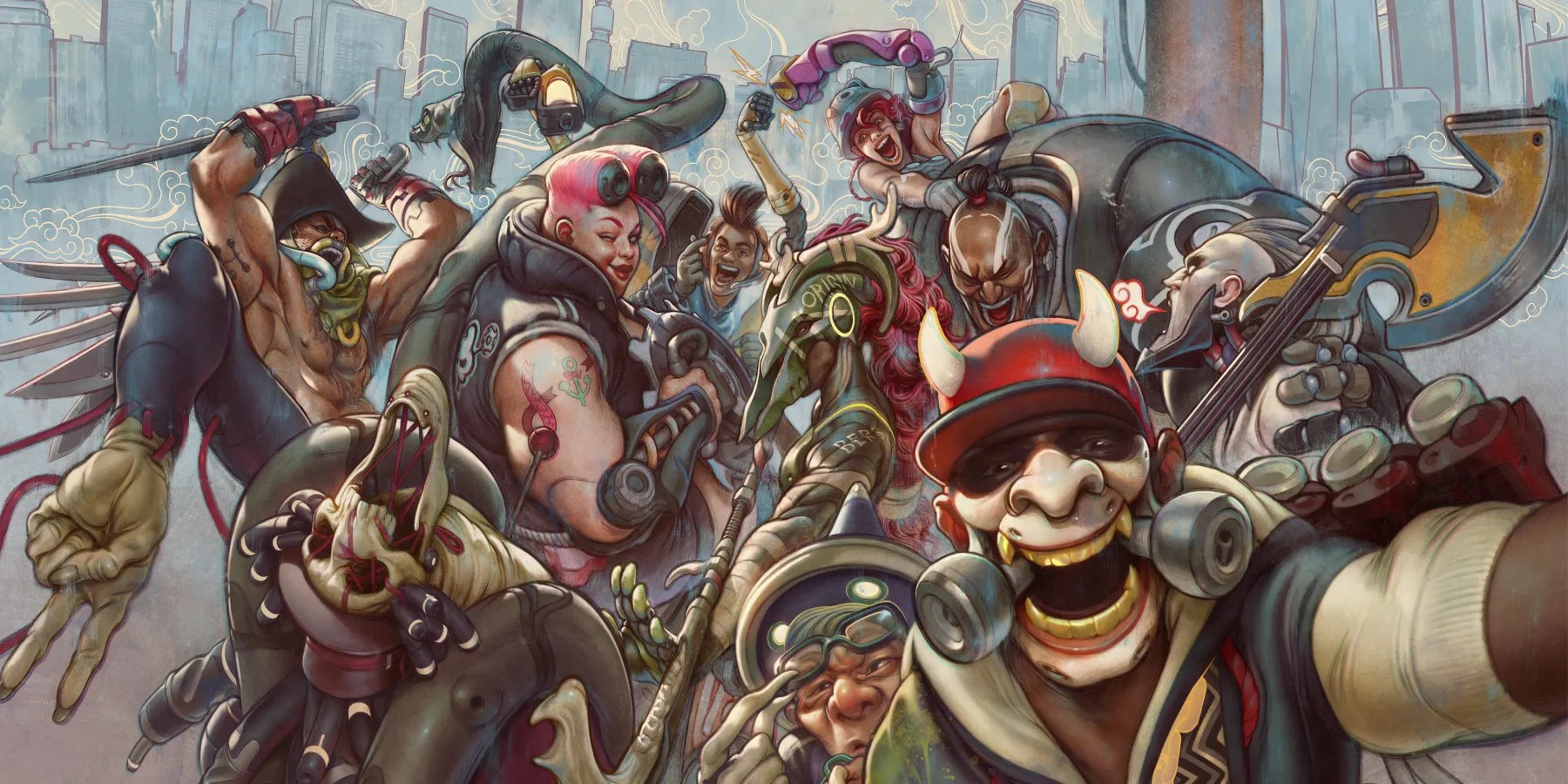
Creating unique movesets forcharacters such asLoki, Green Goblin, and even Princess Jasmine; Ninja Theory’s efforts were not in vain. While the title itself was reportedly shrugged off as a harmless sequel, the combat itself was seemingly praised by critics at the time.
As an"independent AAA studio", Ninja Theory was constantly under immense internal pressure to stay afloat - which almost always ensured that the developer’s creative vision was limited to make their end product more commercially appealing. However, with the 2018 acquisition of Ninja Theory by Microsoft, the team was able to put their creative efforts into titles unencumbered - for better, or for worse.
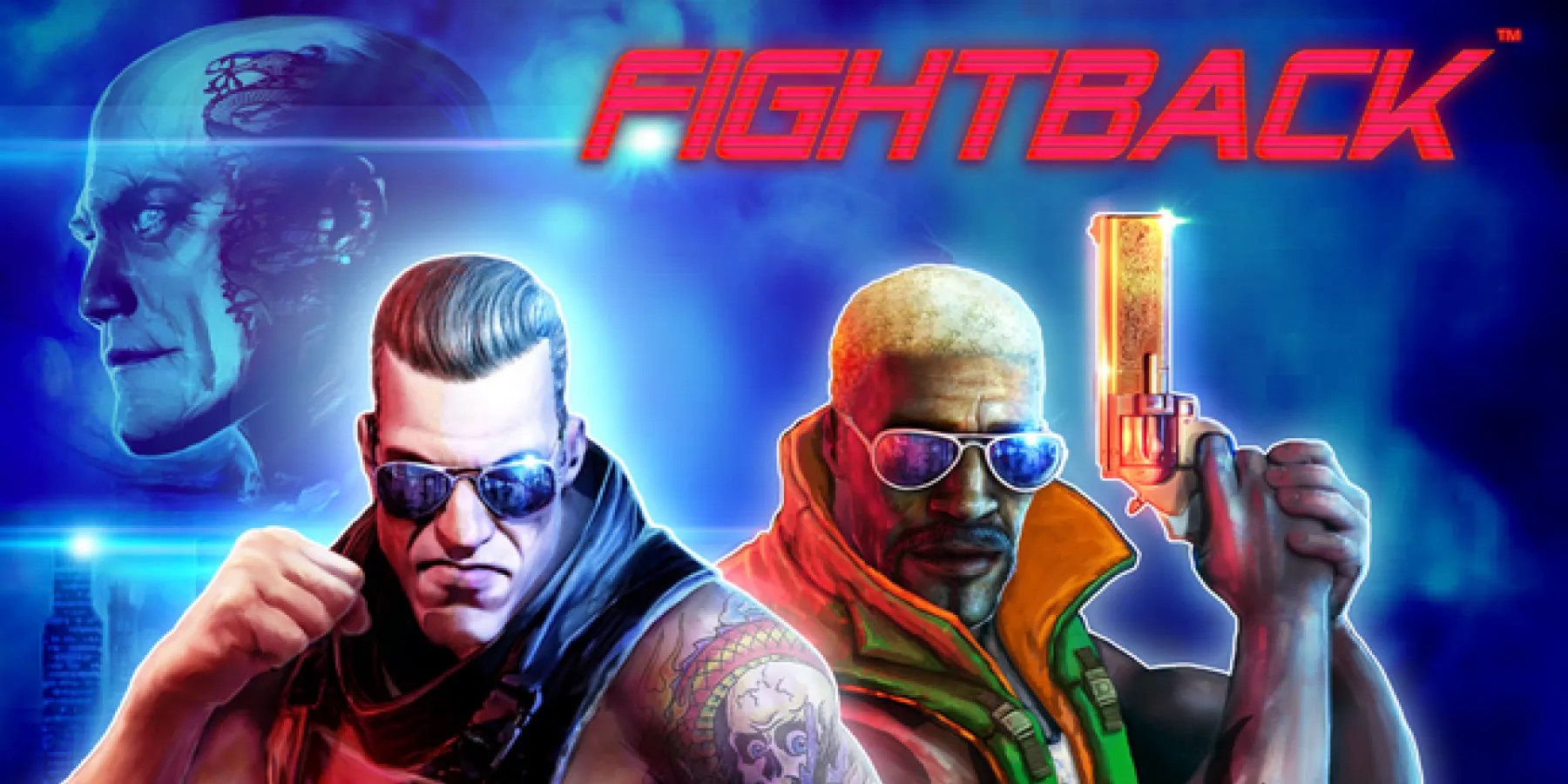
Bleeding Edgewas the first title produced under this partnership. The creativity on display inthe MOBA title- from character designs, core concept, and the world itself - is seemingly second to none. However, the gameplay loop and lack of support seemingly put players off from picking up the hero shooter-esque installment. As a result, the title’s most recent update is still marked as thatfrom July 2020- not even six months from release.
11Fightback
An Adept Mobile Brawler Hampered By Intense Microtransactions
Emblematic as the studio’s first foray into “different business models and non-console platforms”,Fightbackis more than just an adequate beat ‘em up. It was Ninja Theory’s semi-successful attempt at extending their unique vision for video games beyond that of console titles.
In patrolling the cyberpunk streets of a near-future city,Fightbackpresents players with an old-school 2D brawler framework that reportedly workedastoundingly well on mobile devices.However, with the mobile space comes a more accepted place for monetization. As such, much of the title’s criticism came from Ninja Theory’s fledgling understanding of the microtransaction economy on mobile.
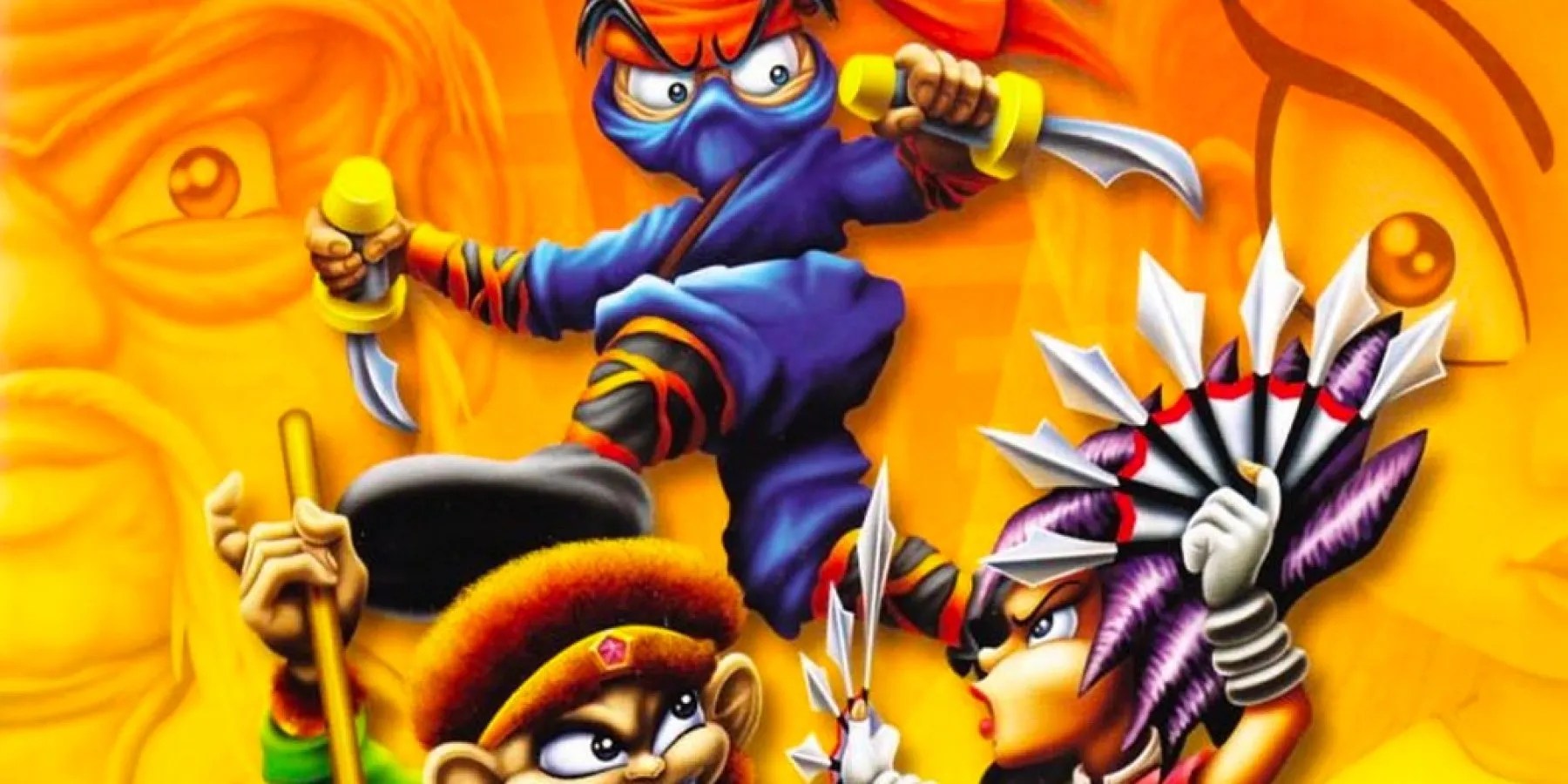
While it may be the oldest of Ninja Theory’s commercial catalog, this “multiplayer brawler” exhibits the heart and ambition the studio would later pour into its more contemporary projects. Unfortunately, some of its attempts at satire towards Kung-fu martial arts cinema now come through as poorly aged stereotypes.
Given Ninja Theory’s recent attempts at more mature titles, the cartoonish stylings ofKung Fu Chaosare a remnant from an older time in the studio’s history. With a cult-like following onthe original Xbox,Kung Fu Chaosis a solid pick for the sixth-generation console. Still, it is easily overshadowed by Ninja Theory’s more elaborate contemporary efforts.
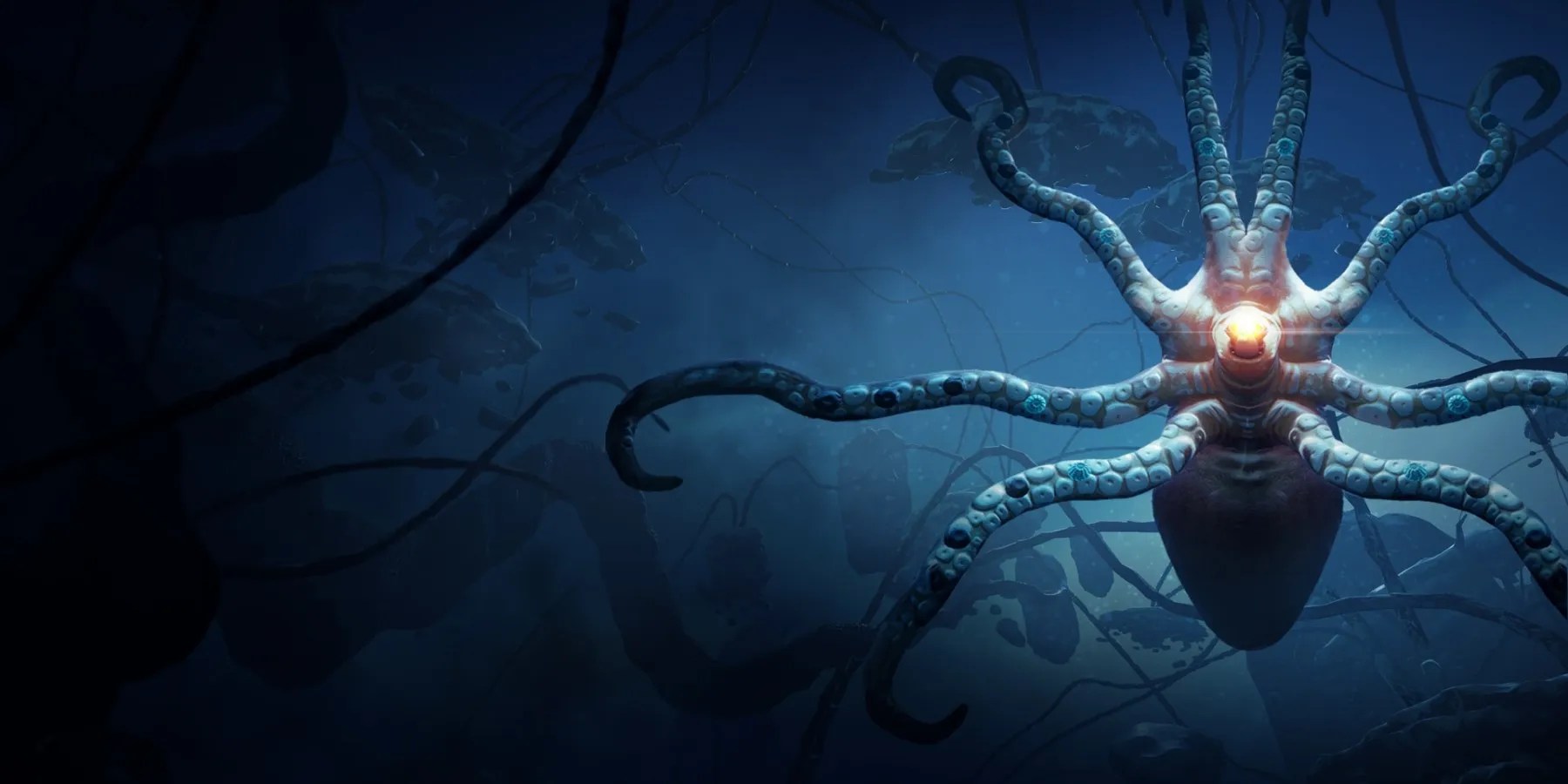
9DEXED
Ninja Theory’s Colorful, Yet Forgettable, First Foray Into Virtual Reality
Ninja Theory’sfirst VR titleis a colorful, on-rails experience withTetris Effect-like visuals and atmosphere. However, the lack of modes and the shortness of the experience make for a game that is as experimental as it is underwhelming.
While wielding dual fire & ice pistols and shooting at appropriately colored orbs is captivating due toDEXED’s trance-like atmosphere, the title struggles with a peculiar lack of spit-and-polish usually reserved for Ninja Theory titles. Although high-score chasing players will find more to enjoy than others, the experience is one that - albeit enjoyable - is over before it can make too much of an impact.

8Disney Infinity 3.0
A Polished & Expansive Final Entry In Disney’s Toys To Life Endeavor
While Ninja Theory was drafted late on intoDisney Infinity 2.0’s development to “clean up” the title’s combat,Disney Infinity 3.0 not only saw the introduction of theStar Warslicense to the toys-to-life title, but Ninja Theory’s skills from the get-go.
The studio’s fighting system prowess can be seen as LucasArts themselves “were excited that Ninja Theory was going to be working on lightsaber combat” for the newDisney Infinitytitle. With multiple worlds and characters from across the Disney, Pixar, Marvel, andStar Warsuniverses,Disney Infinity 3.0can be seen as arguablythe magnum opus of Disney’s toys-to-life aspirations. With retroactively improved older characters, and inspiring new ones, the title is an action-platformer with masses of content.

7Vader Immortal: A Star Wars VR Series
A VR-Exclusive Experience Set In A Galaxy Far, Far Away
With its talents for introspective narratives and gameplay, along with a strong working relationship withtheStar Warsproperty, Ninja Theory blended its talents with a uniqueStar Warsvideo game experience.
Working alongside Lucasfilm’s ILMxLAB studio to produceVader Immortal, Ninja Theory presented players with a title that allowed them to virtually plug in some gaps betweenRevenge of the SithandRogue One: A Star Wars Story. Controlling a smuggler with force sensitivity as they travel to find an ancient relic,Vader Immortalis the studio’s last non-traditional video game title in the last five years - as their efforts have since gone into more conventional gaming ventures.
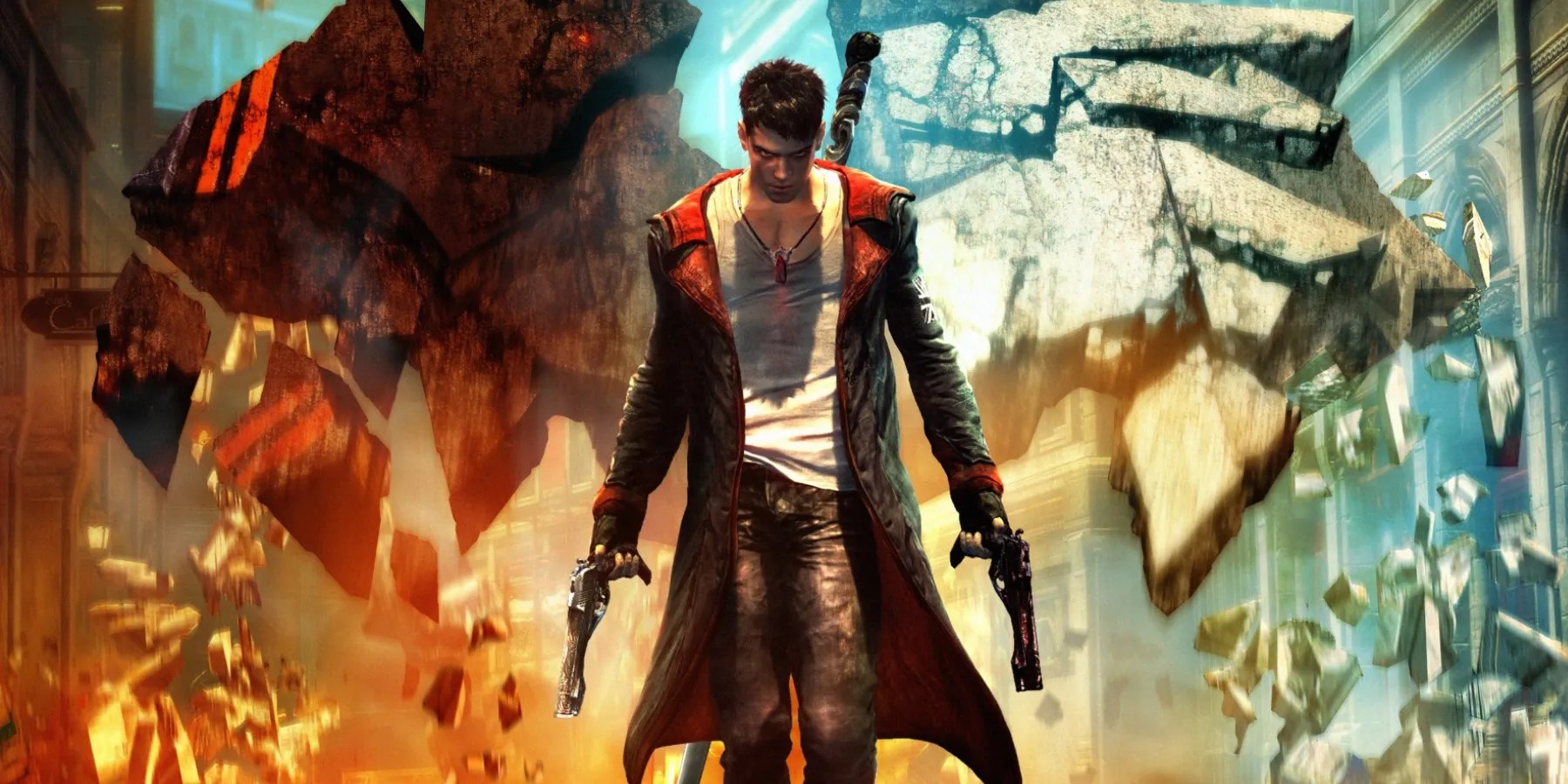
Topping off Ninja Theory’s seventh-generation titles, the studio’s collaboration with Capcom to reboot thebeloved hack-and-slashDevil May Cryseriesfor Western audiences was lambasted at the time. However,Devil May Cry 5’s return to the series’ aesthetic roots and the kindness of time, has aged Ninja Theory’s 2013 title incredibly well.
While the change of protagonist was reportedly despised by series fans at the time, Ninja Theory’s polished combat was equally praised. With fluid combat, a bombastic soundtrack, and off-the-wall action,DmC: Devil May Cryis seemingly being appreciated by fans once again. Beyond that, Capcom game director Hideaki Itsuno also believes that “DmCis just as important as any of the other titles in the series, and he’s just as proud of it”.

While the title spawned an animated series and CG film, alongsideintroducing some beloved moments and mechanics, Ninja Theory’s first hack-and-slash showcases some of the worst elements of the seventh console generation.
InHeavenly Sword’s seven-hour run-time, Ninja Theory presents some of the core elements of its design ethos that have kept it creatively disparate from 2007 to the present day. With a curiously introspective protagonist, superbly tight combat, and excellent motion capture from Andy Serkis;Heavenly Swordwas a masterfulGod of War-esque experience that is yet to be made available on multiple platforms.

4Nicodemus: Demon Of Evanishment
A Perfectly Balanced Augmented Reality Horror Experience
In collaboration with augmented reality specialists The Void, Ninja Theory has been able to get one step closer to realizing its form-progressing aspirations for video games. In developing the horror puzzle AR titleNicodemus: Demon of Evanishment, Ninja Theory showed that they are capable of developing games in numerous genres.
Through incorporating haptic suits and VR goggles - technology that once seemed relegated to science fiction - Ninja Theory tapped into its pseudo-patented psychological, introspective game design and narrative to create a genuinely horrifying yetfulfilling AR experience.